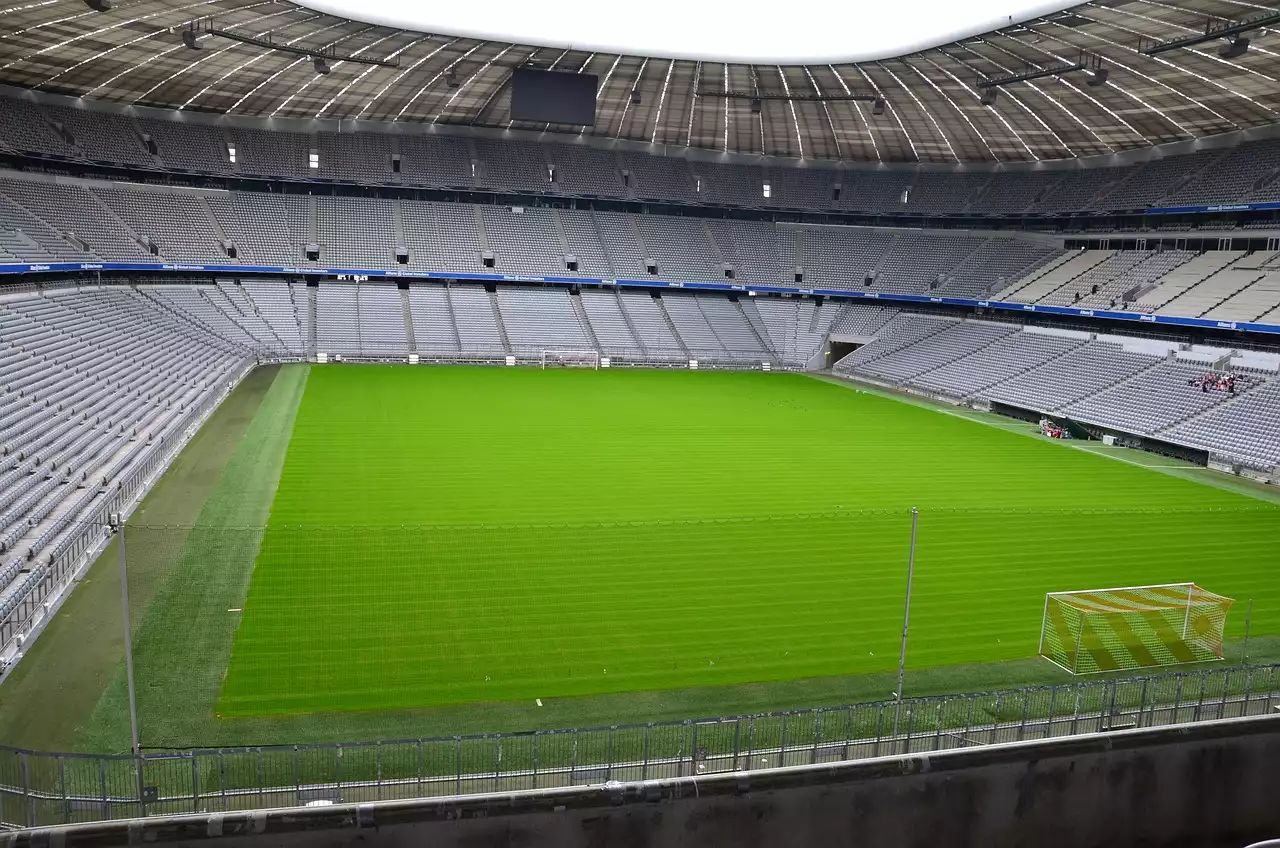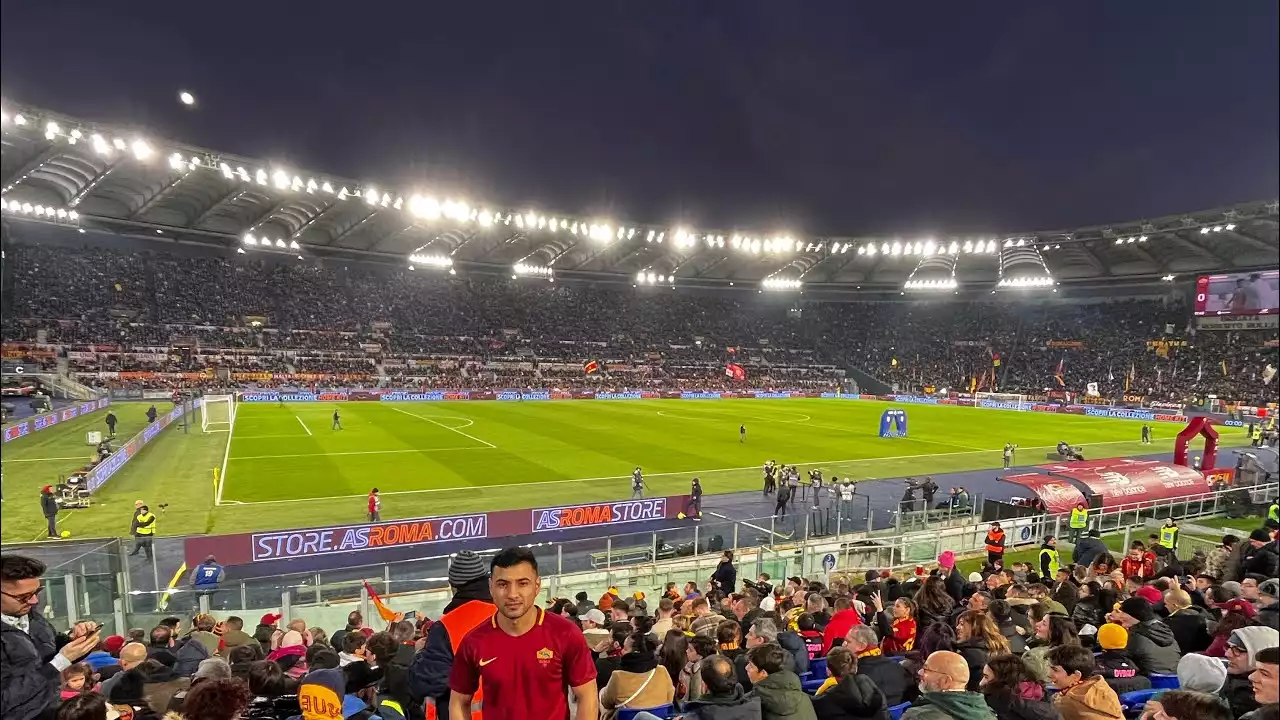The Importance of Game-Ready Fields in Professional Sports
In the world of professional soccer, the condition of the playing surface can make all the difference in the game. A well-maintained field not only enhances the aesthetics of the stadium but also contributes to the overall player experience and performance. The quality of the playing surface affects ball movement, player traction, and injury risk, making it a critical aspect of the game.
The Role of Groundskeepers in Maintaining Game-Ready Fields
Groundskeepers are the unsung heroes behind the scenes, responsible for the upkeep and maintenance of the playing surface. They play a crucial role in ensuring that the field meets the highest standards and provides an optimal playing experience for the athletes. From selecting the right grass type to managing irrigation systems, their expertise and dedication are vital to the success of the Coppa Italia.
The Challenges Faced by Groundskeepers in Keeping Coppa Italia Stadiums Pitch Perfect
Maintaining a game-ready field is no easy task, especially in the face of various challenges. Groundskeepers have to contend with factors such as weather conditions, heavy usage, and time constraints. They must carefully manage the wear and tear on the field, constantly monitoring and adjusting their maintenance practices to ensure the pitch remains in top condition.
Groundskeeping Techniques for Maintaining Pristine Playing Surfaces
Groundskeepers employ a range of techniques to keep the playing surface in optimum condition. One key strategy is the use of specialized mowing patterns. By mowing the grass in different directions, groundskeepers not only create visually appealing patterns but also optimize ball movement. These patterns influence the way the ball rolls, bounces, and interacts with the surface, adding an extra layer of strategy to the game.
The Tools and Equipment Used by Groundskeepers in Their Maintenance Routine
Groundskeepers rely on a variety of tools and equipment to maintain the playing surface. From professional-grade mowers and trimmers to aerators and seeders, these tools help them carry out essential tasks such as mowing, fertilizing, and aerating. Additionally, advanced irrigation systems and moisture sensors enable precise control over the watering process, ensuring the right balance of moisture for optimal turf health.
The Impact of Weather Conditions on Groundskeeping Efforts
Weather conditions can pose significant challenges for groundskeepers. Excessive rain can lead to waterlogging and surface damage, while prolonged dry spells can result in parched and brittle turf. Groundskeepers must closely monitor weather forecasts and adjust their maintenance routines accordingly. They may need to reschedule watering, apply additional treatments, or take other measures to protect the playing surface from adverse weather effects.
The Role of Technology in Modern Groundskeeping Practices
Technology has revolutionized the field of groundskeeping, providing groundskeepers with innovative tools and techniques to enhance their efficiency and effectiveness. Advanced turf management software helps monitor and analyze soil conditions, allowing groundskeepers to make data-driven decisions regarding fertilization, irrigation, and pest control. Drones equipped with cameras provide aerial views of the field, aiding in the identification of potential issues and precise application of treatments.
The Training and Skills Required to Become a Professional Groundskeeper
Becoming a professional groundskeeper requires a combination of technical knowledge, practical skills, and a passion for the job. Many groundskeepers undergo formal training programs that cover topics such as turfgrass management, irrigation systems, and equipment operation. Hands-on experience and mentorship are also crucial for developing the necessary skills to excel in this field. Additionally, a deep understanding of the sport and its requirements is essential to provide the best playing surface for the athletes.
Behind the Scenes: A Day in the Life of a Groundskeeper During a Coppa Italia Match
On match days, groundskeepers are the first to arrive and the last to leave. Their day starts early, preparing the field for the upcoming game. This involves inspecting the turf, making any necessary adjustments, and ensuring that the pitch meets the league's standards. Throughout the day, they closely monitor the field, making on-the-spot decisions to maintain its condition. Their work continues even during halftime, as they inspect and make any necessary repairs to the playing surface. After the final whistle, they evaluate the field, assess any damage, and begin the process of restoring it to its optimal condition for the next match.
Groundskeepers are the unsung heroes who play a vital role in the success of the Coppa Italia. Their expertise, dedication, and artistry ensure that each game is played on a field that meets the highest standards. From managing the grass and soil to employing innovative techniques and utilizing advanced technology, groundskeepers work tirelessly to maintain pitch-perfect playing surfaces. Their efforts create the ideal environment for athletes to showcase their skills and provide an unforgettable experience for fans.









